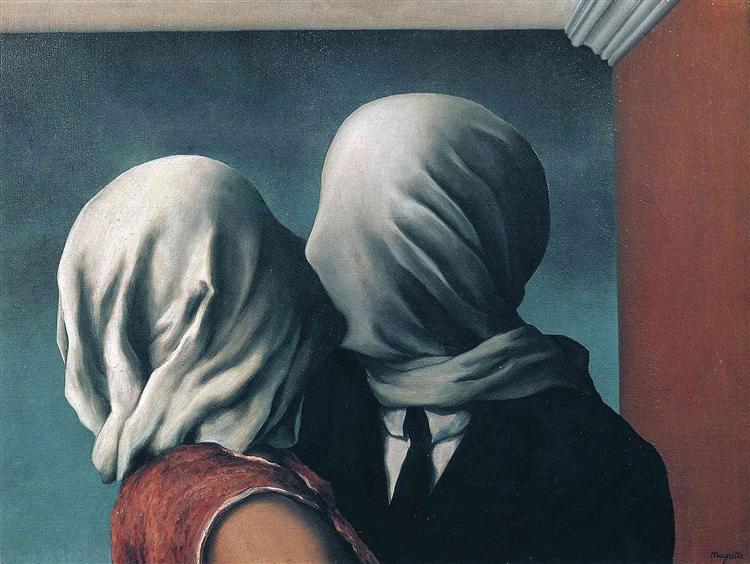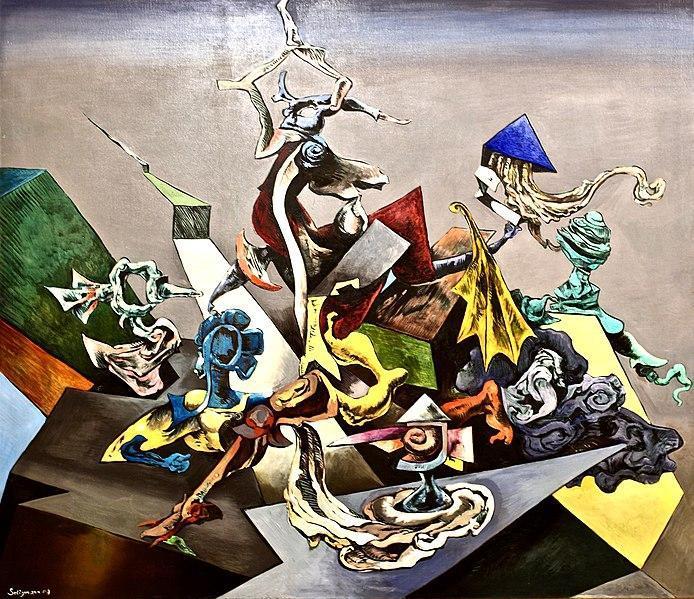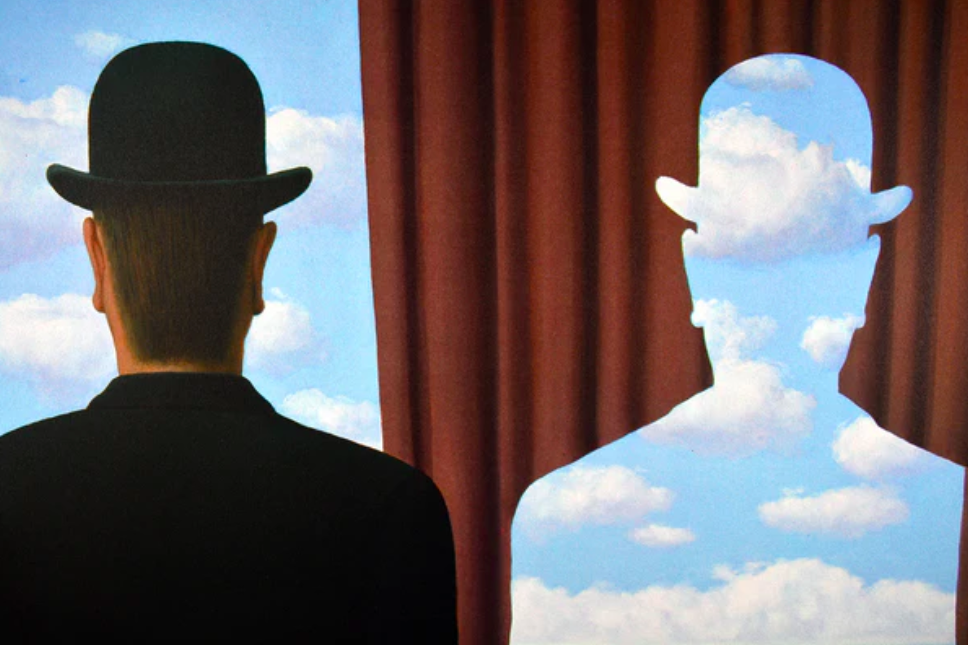What is Surrealism Art? Definition, Artists, & Examples

Surrealism is a cultural and artistic movement that originated in the 1920s and 1930s as a reaction to the traumas of World War I and the disillusionment with modern civilization. It is a style that tries to challenge reality by depicting a warped, irrational universe filled with surprising, bizarre features. This movement had a tremendous impact on literature, film, and other kinds of artistic expression; it was not confined to the visual arts alone. In this article, we will cover the definition of Surrealism, its beginnings, and important artists, as well as present examples of some of its most iconic works.
Related Link: How Does Fine Art Appraisal Work? (Why You Need Them)
Definition of Surrealism
Surrealism is a cultural and creative movement that mixes aspects of the subconscious, dreams, and the irrational to create a new world that differs from the reality we experience. By depicting a universe filled with magical and ludicrous features, Surrealism seeks to challenge and disrupt the traditional understanding of reality. Surrealists endeavored to reveal the subconscious mind and investigate the human psyche by expressing their deepest thoughts and aspirations, regardless of whether or not they were sensible.
Related Link: What is Conceptual Art? Overview with Examples
Origins of Surrealism
Surrealism had its origins in the aftermath of World War I, which left many individuals feeling profoundly disillusioned and traumatized. The tragedy of war, coupled with the emergence of new technology and societal shifts, sparked a demand for new forms of artistic expression. The movement was developed in Paris in the 1920s by the poet and critic Andre Breton, who published the first Surrealist Manifesto. The movement had many conceptual inspirations, such as the writings of Karl Marx and Sigmund Freud. Freud’s ideas about dreams and psychology inspired the Surrealists to experiment with automatic writing and free association in an effort to tap into their subconscious to reveal new ideas. It was believed that this process would allow them to unlock the power of their imagination, which they could explore unhindered by the constraints of reality and social convention.
The movement was also initially inspired by the Dada movement, which aimed to question traditional aesthetic and cultural ideals by incorporating ludicrous and irrational components. However, Surrealism advanced Dada’s experimentation by infusing elements of the subconscious, dreams, and other elements into its works.
Interested in discovering the impact of other art forms on the art world? Visit Sparks Gallery to learn more!
Notable Surrealist Artists

Surrealism was an international artistic movement that attracted artists from all over the world. Nonetheless, noteworthy surrealist artists were largely European or American, such as Salvador Dali, René Magritte, Max Ernst, and Yves Tanguy. These painters are renowned for their unique techniques and ability to create a surreal world filled with surprising and dreamlike features. Taboo subjects like violence, sexuality, and blasphemy were also commonly depicted to create disturbing visuals that challenged bourgeois tastes.
Salvador Dali
Salvador Dali is one of the most renowned and influential surrealist artists of all time. He is well-known for his technical talent and his ability to produce precise but unusual images that question the conventional understanding of reality. His most famous pieces, such as The Persistence of Memory and The Temptation of Saint Anthony, are characterized by melting clocks, ants, and other odd elements that create visual absurdity. Dali’s approach of mixing these rather confusing symbols with precise detail and realism renders his works even more eerie and thought-provoking.
René Magritte
René Magritte was a Belgian surrealist artist best known for his depictions of dreamy landscapes and mundane objects portrayed in an unexpected, hallucinatory manner. Clouds, trees, and other natural components frequently appear together in ways that are not naturally seen in real life, prompting the audience to explore irrationality and question the nature of those objects. This well known surrealist technique is known as juxtaposition. Famous works by Magritte, such as The Treachery of Images and The Empire of Light, are marked by a sense of mystery and enigma that inspires the viewer to explore the subconscious mind.
Max Ernst
Max Ernst was a German surrealist artist who is best known for creating fanciful images by combining collage and painting techniques. Some of his unusual techniques, such as frottage and decalcomania, were employed to unearth imagery from his subconscious. He frequently depicted amalgamations of birds, animals, and other organic elements in his works. Ernst’s most famous paintings, such as Europe After the Rain and The Elephant Celebes, are characterized by an unnerving beauty that creates a surreal landscape that is both weird and captivating.
Yves Tanguy
Yves Tanguy was a French surrealist artist renowned for his works depicting bizarre and dreamy landscapes in a highly naturalistic manner. He frequently included bizarre depictions of rocks and natural formations coupled with atmospheric backgrounds, creating imaginary places that were equally fantastical and realistic. Some of the artist’s most renowned pieces, such as Indefinite Divisibility and Desert Height, include a sense of mystery and intrigue that allows the observer to explore the subconscious mind through Tanguy’s personal lens.
Surrealist Works as Examples

The Persistence of Memory by Salvador Dali
Salvador Dali’s The Persistence of Memory is among the most renowned works of Surrealism. This picture depicts melting clocks dangling from trees and draped over various objects, evoking a sense of time that is fluid and pliable. The usage of melting clocks also alludes to the subjective aspect of time and how our views of it fluctuate. The bizarre and dreamlike features in this picture, together with its thorough attention to detail, create a surreal universe that questions our traditional conception of reality and perception.
The Treachery of Images by René Magritte
René Magritte’s The Treachery of Images is another well-known piece of Surrealism. This picture depicts a pipe with the words “This is not a pipe” written underneath it, creating a paradox that questions our conventional perception of objects and images. The artwork provokes the observer to consider the link between reality, representation, and language; it is a classic example of the surrealist style by challenging our preconceived notions of truth.
Europe After the Rain by Max Ernst
Europe After the Rain is a classic work by Max Ernst that depicts an apocalyptic environment populated with birds, animals, and other parts of nature. The utilization of abstract forms to create the environment and subjects results in a bizarre universe that is both unnerving and captivating. The picture invites the viewer to investigate the subconscious and irrational components of our inner life.
Want to learn more about different forms of Art? Learn more at Sparks Gallery today.
Surrealism is a cultural and artistic movement that originated after World War I and was defined by a desire to question conventional conceptions of reality. This style, influenced by the Dada movement, Sigmund Freud, and Karl Marx, explored the concepts of the subconscious, dreams, and illogical themes through art and literature. Salvador Dali, René Magritte, Max Ernst, and Yves Tanguy are some of the most well-known surrealist artists. These artists are well-known for their unique techniques and capacity to create a surreal world filled with surprising and dreamlike features.
Related Link: Buying Art for Beginners: Tips & Myths

